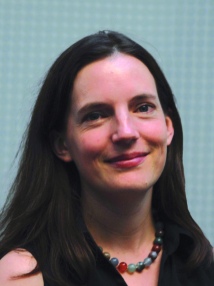BibTex format
@article{Nele:2020:10.1002/adma.201905914,
author = {Nele, V and Schutt, CE and Wojciechowski, J and Kit-Anan, W and Doutch, JJ and Armstrong, J and Stevens, M},
doi = {10.1002/adma.201905914},
journal = {Advanced Materials},
pages = {1--8},
title = {Ultrasound-triggered enzymatic gelation},
url = {http://dx.doi.org/10.1002/adma.201905914},
volume = {32},
year = {2020}
}

